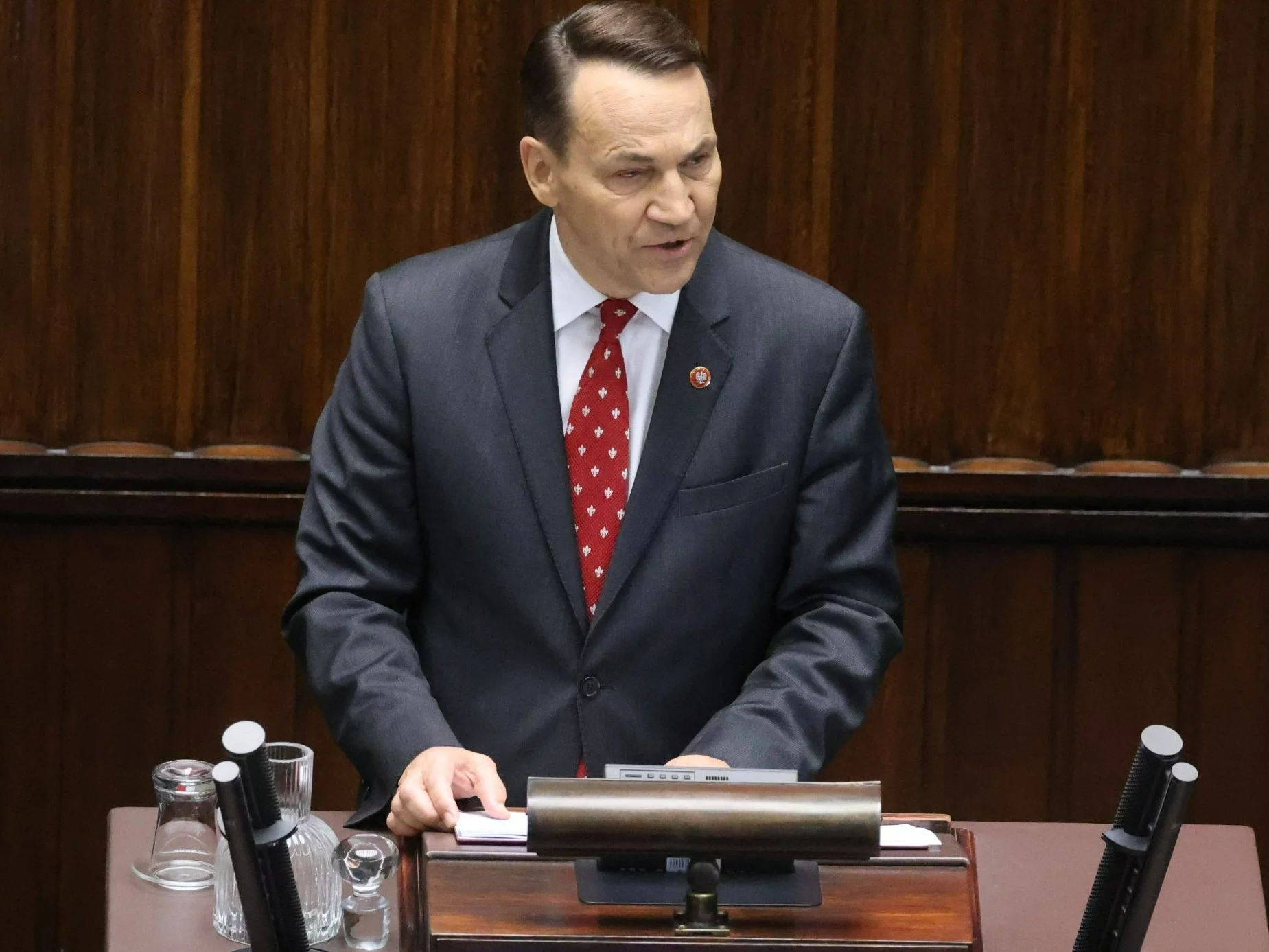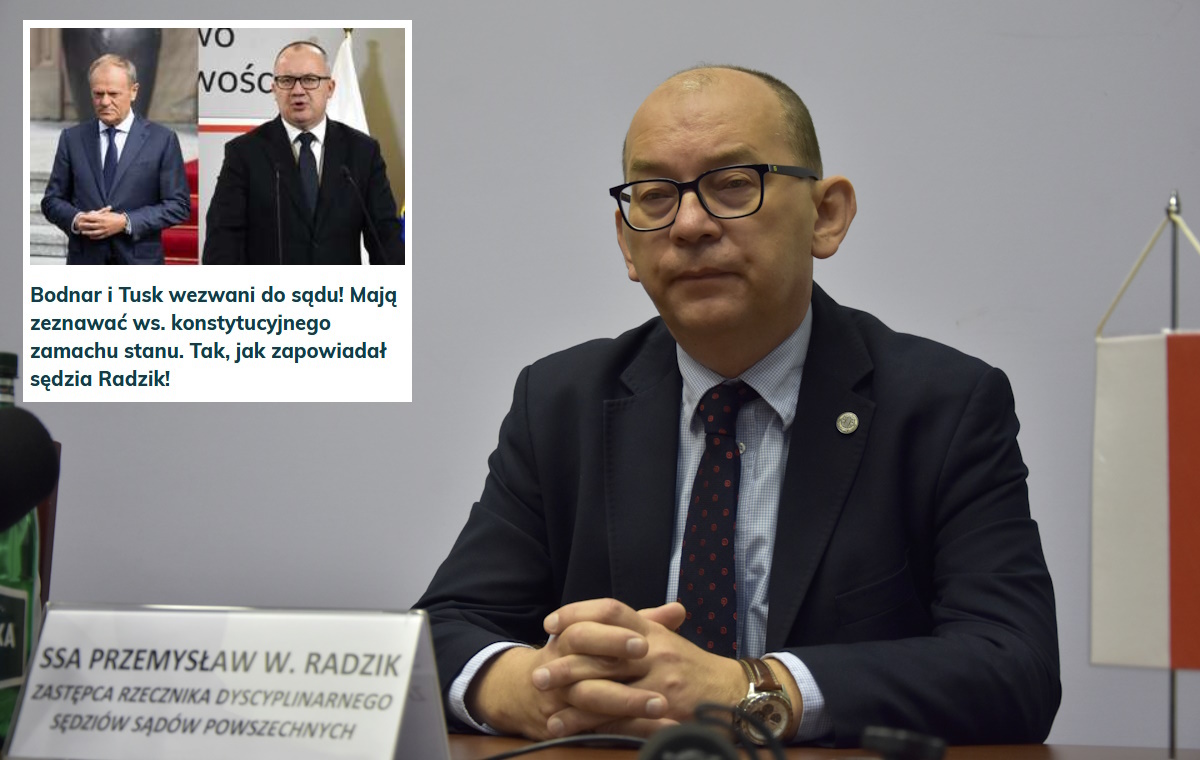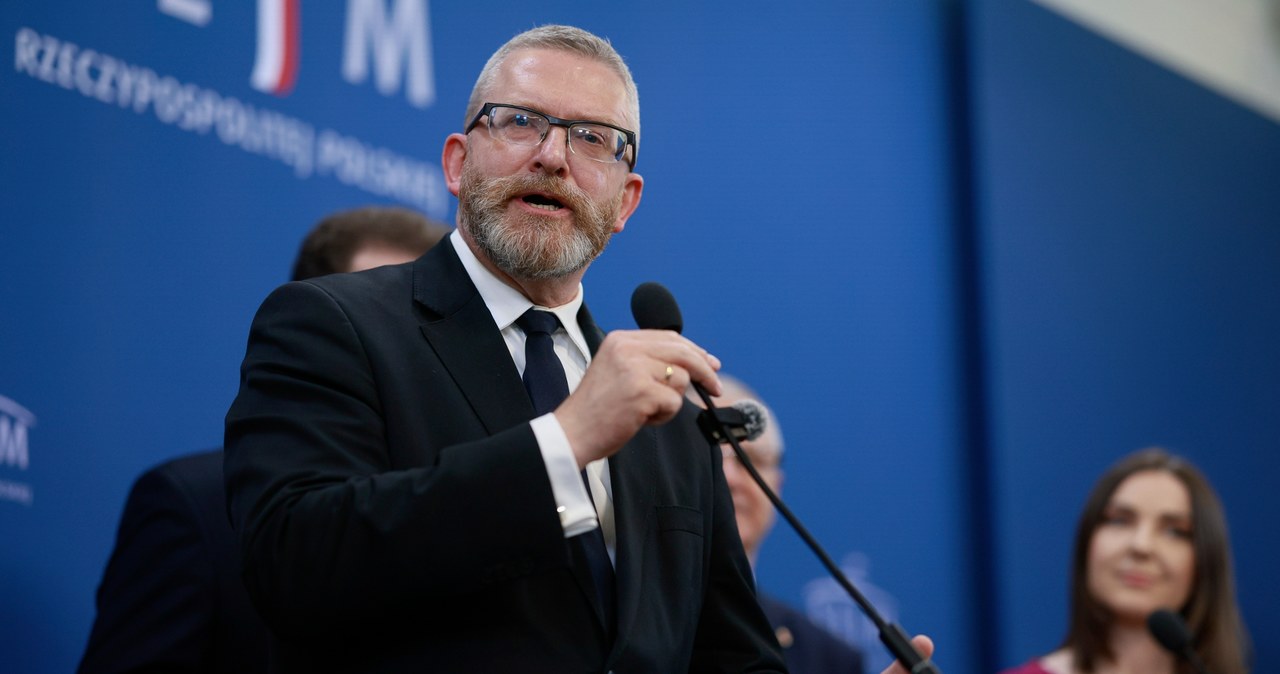Historical calendar: the anniversary of the war against the Austrian army on the outskirts of Warsaw. During the fight, Poles stopped a stronger opponent.
Today in our calendar we will look at this clash and its consequences.
In early April 1809, the Austrian offensive began on 3 fronts: Bavarian, Italian and Polish. The offensive in Bavaria went very hard. Despite a average triumph under Aspern, shortly the Habsburg army was forced to retreat, and in early July, it suffered defeat under Wagram. On the Italian front it was akin – after the first successes the Austrians began to lose and had to retreat into their own territory.
Polish theatre began with the attack of Archduke Ferdinand d’Este's corps towards Warsaw. The Austrians wanted to defeat the Principality and then hand over its territory to the Prussians in exchange for their accession to the war against Napoleon. The Polish army was weakened by the sending of any forces to Spain, and in addition, French and Saxon troops deployed in the country were not besides eager to fight. Despite this, the chief chieftain – Prince Józef Poniatowski decided to issue a conflict to the enemy on the prefields of the capital.
The Polish Army, which reached Raszyn, had about 15 500 soldiers and 32 guns. Poles supported 1,800 Saxons with 12 guns. The Austrians had 29 1000 soldiers and 94 cannons. Thus, they had a double numerical advantage. Poniatowski chose a suitable position to defend himself. Cut by joints and graves, the area effectively leveled out the advantage of the opponent.
The key Polish position - graves in Falents about 6 km wide, defended the Gen.
Michał Sokolnickiwho had 3 infantry battalions and 6 guns.
April 19, 1809, morning hours around The first battles between the Austrian defender and General Alexander Rożniecki took place. In the afternoon, the Austrian forces of 5 infantry battalions, supported by 12 cannons, invaded Gen. M. Sokolnicki's positions. Strong Polish defence forced the opponent to introduce an additional 6 infantry battalions and 10 guns. However, the attack of Austrian sewers caused a breach of Polish positions.
Falents were acquired and Polish troops forced to retreat. Alerted of the failure of an crucial position, Prince Poniatowski arrived immediately, halted the retreating Polish soldiers and standing in the front line with a firearm in his hand, conducted an effective counterattack rejecting Austrians to their starting positions. However, they did not give up, and with fresh force supported by artillery, they again captured the tomb in the Falents and invaded Raszyn.
Parallel to the struggles in the centre of the fighting group, they besides stood on the right wing of Polish positions under Michałowice. After the Austrians' temporary success and reaching the village Puchał, the Polish defence stopped and then drove out the enemy.
At the same time Prince Poniatowski conducted a maneuver consisting of continuous fire by Polish-Saxon artillery attacking Austrian battalions, and after bleeding out the stormers, ordered the Polish battalions to counterattack. As a result, the Austrians from Raszyn were driven out. Unfortunately, the Falents were no longer strong adequate to dispel them. In addition, it was dark. Around 21st the fight was interrupted.
After the battle, there was a war meeting, during which it was decided that Poles would retreat to Warsaw, as staying in the racial position could lead to their destruction. The retreat took place in peace and order, without force from Austrians. Later it was decided to give the capital to the opponent, which did not end well for him – he was drawn into a cleverly set trap.
Previous entry from our calendar is available Here..
















